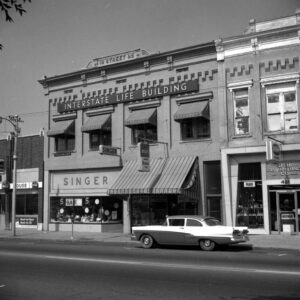 Buildings on Main Street
Buildings on Main Street
Entry Category: Counties, Cities, and Towns
 Buildings on Main Street
Buildings on Main Street
Bull Shoals (Marion County)
 Bull Shoals Attractions
Bull Shoals Attractions
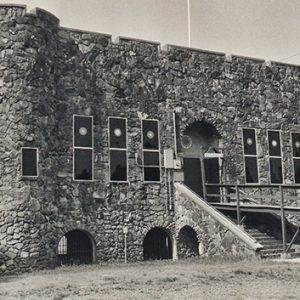 Bunch-Walton Post 22 American Legion Hut
Bunch-Walton Post 22 American Legion Hut
Burdette (Mississippi County)
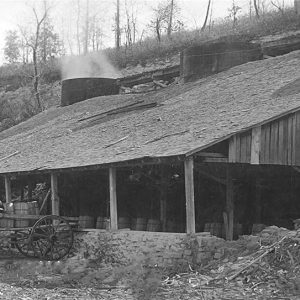 Burning Lime
Burning Lime
 Burns Confectionary
Burns Confectionary
 Burrows Home
Burrows Home
Burtsell (Clark County)
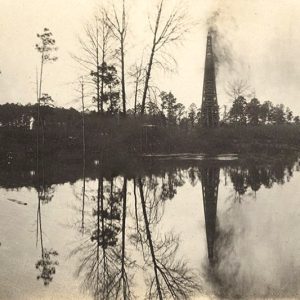 Busey Oil Well No. 1
Busey Oil Well No. 1
Butterfield (Hot Spring County)
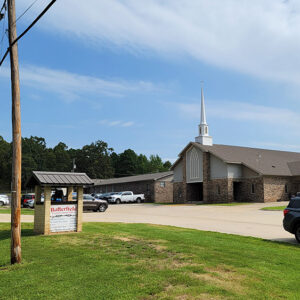 Butterfield Church
Butterfield Church
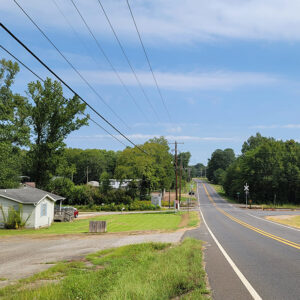 Butterfield Street Scene
Butterfield Street Scene
 Butterfield's Plaque
Butterfield's Plaque
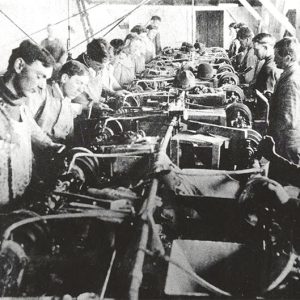 Button Factory
Button Factory
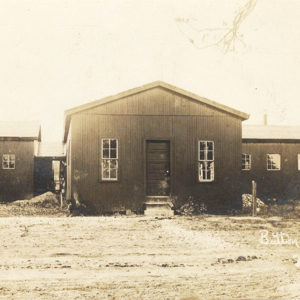 Button Factory
Button Factory
 C-130 over Little Rock
C-130 over Little Rock
Cabot (Lonoke County)
 Cabot Bank
Cabot Bank
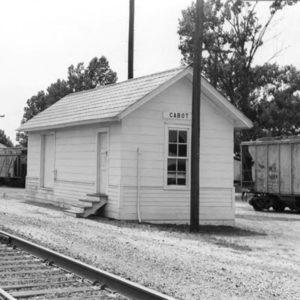 Cabot Depot
Cabot Depot
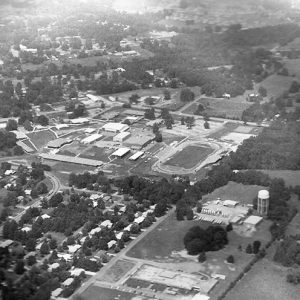 Cabot High School
Cabot High School
 Cabot Post Office
Cabot Post Office
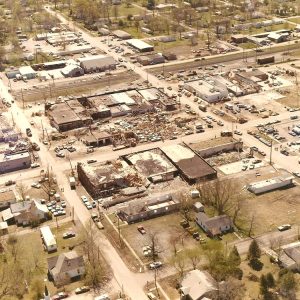 Cabot Tornado Damage
Cabot Tornado Damage
 Cabotfest; 1980
Cabotfest; 1980
Caddo Gap (Montgomery County)
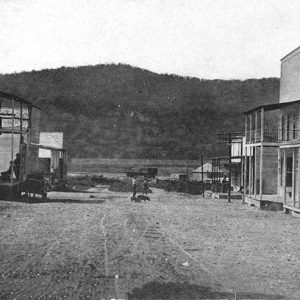 Caddo Gap Street Scene
Caddo Gap Street Scene
 Caddo Hotel
Caddo Hotel
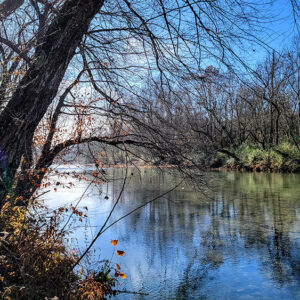 Caddo River
Caddo River
Caddo Valley (Clark County)
 Caddo Valley Cemetery
Caddo Valley Cemetery
 Caddo Valley Church
Caddo Valley Church
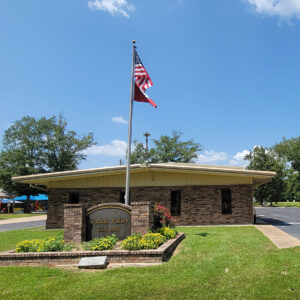 Caddo Valley City Hall
Caddo Valley City Hall
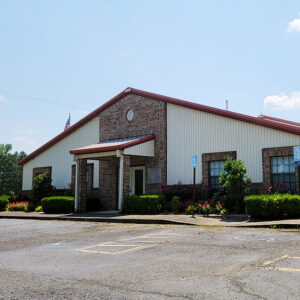 Caddo Valley Fire Department
Caddo Valley Fire Department
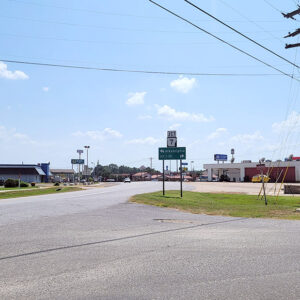 Caddo Valley Street Scene
Caddo Valley Street Scene
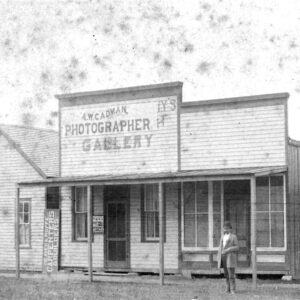 Cadman Photographer
Cadman Photographer
 Cadron Crest Strawberries
Cadron Crest Strawberries
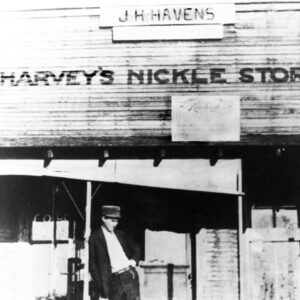 Cadron Gap Store
Cadron Gap Store
Cadron Settlement
aka: Cadron (Faulkner County)
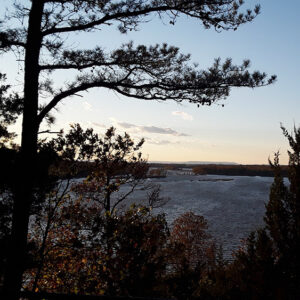 Cadron Settlement Park
Cadron Settlement Park
 Cadron Valley Cemetery
Cadron Valley Cemetery
 Calamine
Calamine
Calamine (Sharp County)
 Entering Caldwell
Entering Caldwell
Caldwell (St. Francis County)
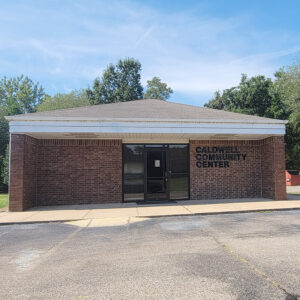 Caldwell Community Center
Caldwell Community Center
 Caldwell Family Park
Caldwell Family Park
 Caldwell Family Park
Caldwell Family Park
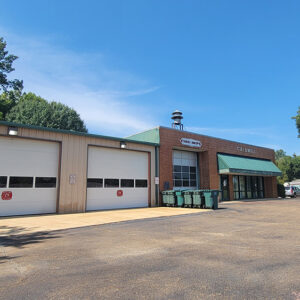 Caldwell Fire Department
Caldwell Fire Department
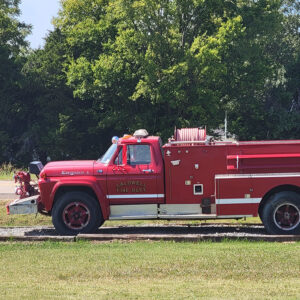 Caldwell Fire Engine
Caldwell Fire Engine
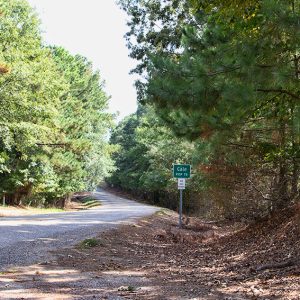 Cale
Cale




